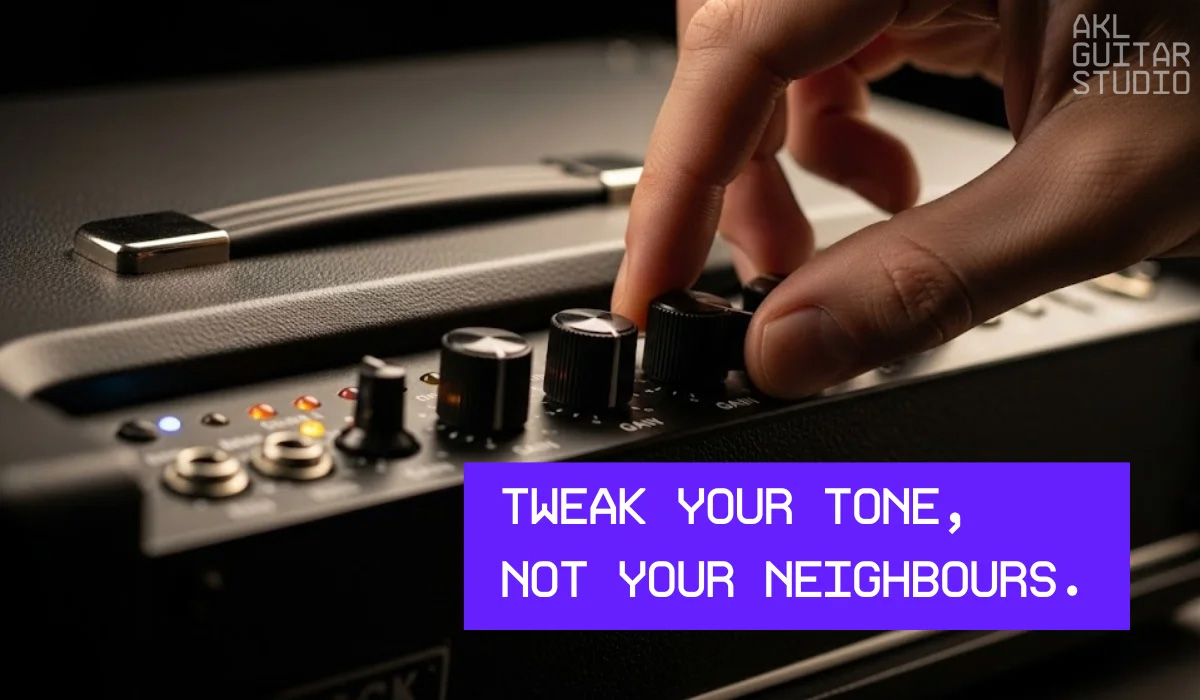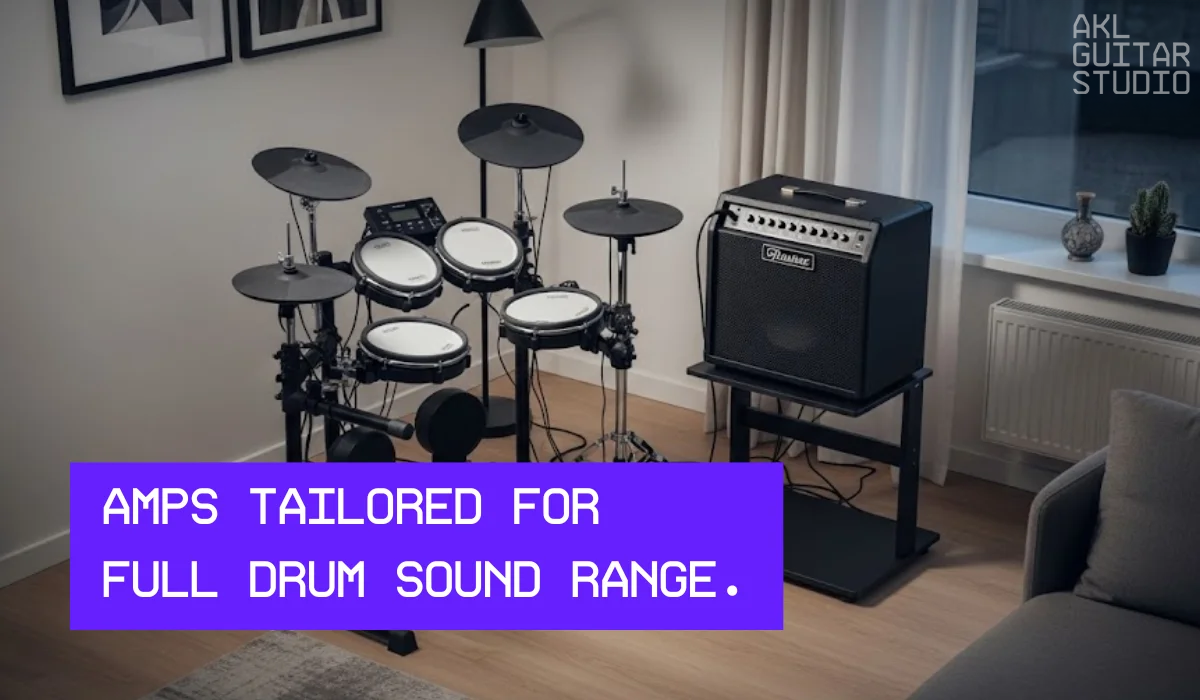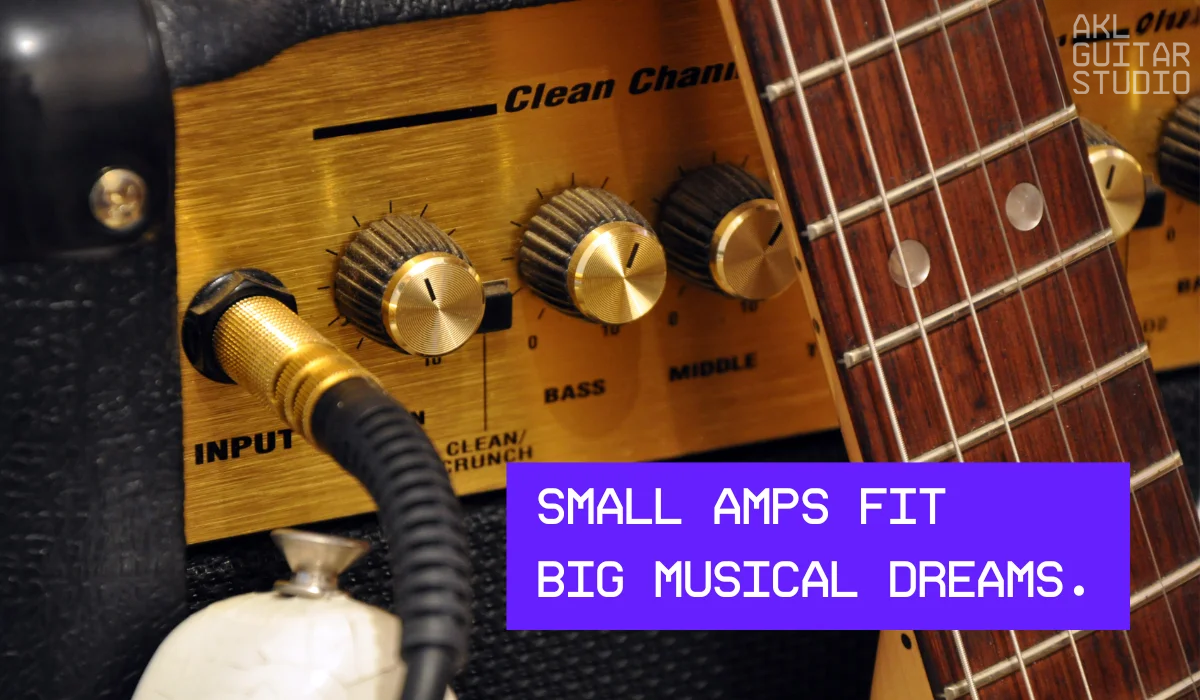
For musicians practising at home, the right amplifier can make or break your experience. Whether you’re a guitarist perfecting your tone, a drummer using an electronic kit, or a student learning an instrument for the first time, choosing the right amp for residential use is not just about sound—it’s about managing space, volume, and functionality.
This article provides a detailed guide for selecting the right amp for home setups in Auckland. From understanding what an amplifier actually does to common buying mistakes and maintenance tips, this is everything you need to know before adding that essential piece of equipment to your home music setup.
Understanding Amps: What They Do and Why You Need One
At its core, an amplifier takes a weak audio signal and boosts it into something you can hear through a speaker. In a home setting, amps are most often used with electric guitars, keyboards, or electronic drum kits. Without an amp, these instruments produce little to no audible sound—or sound that lacks the clarity and depth necessary for productive practice.
For beginners, especially in a residential space, it’s important to understand that not all amps are made equal. A powerful amp designed for stage use might sound appealing but can be overkill—and a nuisance—for everyday home use. Instead, practice amps provide a more balanced and controlled way to amplify sound without shaking the walls or disturbing neighbours.
Not only do amps make your instrument audible, they also shape your tone. EQ controls, gain, reverb, and other features can help simulate different environments and sound profiles. This means the right amp can also improve the overall quality of your playing or teaching session—making practice more enjoyable and effective.
Choosing the Right Amp for a Residential Space

Selecting an amp for your home isn’t just about brand or power. It’s about matching the amp’s output and functionality with the space you’ll be using it in. The average practice room, garage, or spare bedroom in an Auckland home doesn’t need high-wattage stage equipment.
Wattage is one of the most misunderstood aspects of amps. Many assume more watts equals better performance. In reality, a 10 to 20-watt amp is more than enough for home use. These amps are loud enough to fill a room but won’t overwhelm your space—or your neighbours.
Speaker size is another consideration. A smaller speaker (around 6 to 8 inches) is ideal for solo practice. Larger speakers might produce richer tones, but they also push more air and require more volume to perform well.
You should also consider the acoustics of your room. Rooms with hard floors and minimal furniture will reflect sound more than carpeted, furnished spaces. In smaller rooms, even low-powered amps can sound louder than expected. If your space has poor acoustics, you might want an amp with built-in EQ to better control your sound output.
Amp Types for Different Instruments
Different instruments require different types of amplification, and choosing the right one ensures you don’t sacrifice sound quality or functionality.
For Electronic Drum Kits

Drum amps need to handle a broad frequency range—from the deep thump of a kick drum to the sharp snap of a snare or cymbal. A full-range speaker system or a drum-specific monitor amp is ideal. Many electronic drum amps are designed with inputs for auxiliary tracks and even Bluetooth, which is helpful for practising with backing tracks.
Drummers should avoid using basic keyboard or guitar amps, as these often can’t reproduce the full tone spectrum of a drum kit. Over time, using the wrong amp can also damage the speaker.
For Electric Guitars
Guitar amps come in several forms: solid-state, tube, and modelling amps. For residential use, solid-state amps are reliable and affordable, offering clean sound with minimal maintenance. Many models come with built-in effects and headphone outputs, making them perfect for quiet practice.
Tube amps offer a warmer tone and natural distortion but require higher volumes to perform at their best. That makes them less practical for home use unless you use an attenuator or model with variable wattage.
Modelling amps are increasingly popular for home practice. They digitally simulate different amp types and effects, giving players a wide range of tones in a compact unit.
For Keyboards and Other Instruments
Keyboard amps are full-range and designed to handle a wide spectrum of tones. If your home setup includes multiple instruments—such as a keyboard and electronic drum pad—then a full-range amplifier or portable PA system may serve better than an instrument-specific amp.
Features That Make a Difference at Home
When choosing an amp for residential use, certain features can significantly enhance usability and flexibility.
Headphone Output
Perhaps the most important feature for home use, a headphone jack allows silent practice without disturbing others. This is especially useful for families or those in shared living environments.
Auxiliary Input and Bluetooth
Many amps come with aux-in ports or Bluetooth connectivity, allowing you to play along with music from your phone or tablet. This is a great feature for students or teachers wanting to practise or demonstrate with backing tracks.
Built-in Effects
Reverb, chorus, and delay can help musicians experiment with different tones and textures without needing additional pedals or gear. For beginners, having built-in effects encourages creativity while keeping setups simple.
Portability and Size
Lightweight, compact models will make life easier if your amp needs to move from room to room—or be stored away between sessions. Built-in carrying handles or small form factors are helpful for musicians working in tight spaces.
Mistakes to Avoid When Buying a Home Amp
Many first-time buyers fall into the trap of buying the biggest or most powerful amp they can afford. But when it comes to residential practice, more power often creates more problems.
Going Too Loud
A 100-watt amp might be tempting, but even at half volume, it can rattle walls and upset neighbours. Worse, it may not sound its best unless pushed to volumes inappropriate for home use.
Ignoring Room Size
An amp that sounds incredible in a showroom can sound overwhelming in a small space. Always match the amp size and power to the actual space where you’ll be playing.
Overlooking Features
Not all amps include headphone jacks, auxiliary inputs, or EQ controls. Skipping these may limit your flexibility down the line.
Skipping a Test Run
Whenever possible, test the amp with your own instrument before purchasing. An amp might sound great on paper but fail to complement your specific gear or playing style.
Failing to Plan for Longevity
Buying the cheapest available option might work short term, but better build quality usually means better tone, longer life, and fewer repairs down the line.
Maintaining and Storing Your Amp at Home

Once you’ve selected the right amp, proper care ensures it lasts. Amps are durable, but they’re not invincible—especially when stored in damp garages or pushed to high volumes regularly.
Placement matters. Keep amps off the floor and away from direct sunlight, heaters, or moisture-prone areas. Avoid placing drinks or objects on top to reduce the risk of spills.
Ventilation is key. Amps generate heat, especially tube models. Ensure air can flow freely around the back and sides to prevent overheating.
Clean occasionally. Dust buildup can affect performance. Use a dry cloth to wipe down the exterior, and avoid using harsh cleaning chemicals near control knobs and ports.
Unplug when not in use. This prevents wear on internal circuits and protects against power surges.
With regular care, a good amp can serve you well for many years of daily practice or teaching.
Amps and Amplifiers: What Auckland Musicians Need to Know for Home Practice
Choosing the right amplifier for home use is about more than power or brand. It’s about finding the right balance of sound, size, and features for your residential space. Whether you’re a beginner building your first setup, a music teacher outfitting a lesson room, or a parent investing in your child’s music education, the right amp enhances not just sound—but the overall practice experience.
Understanding your space, the type of instrument you’re playing, and the features that matter will help you make a decision that fits your needs today—and adapts with you as you grow.
Looking for the right amp for your home setup?
Get practical, local advice from Auckland Guitar Studio. Our team understands what works for suburban spaces and can guide you toward gear that supports effective, enjoyable music practice.
